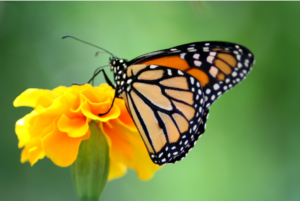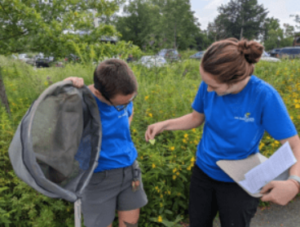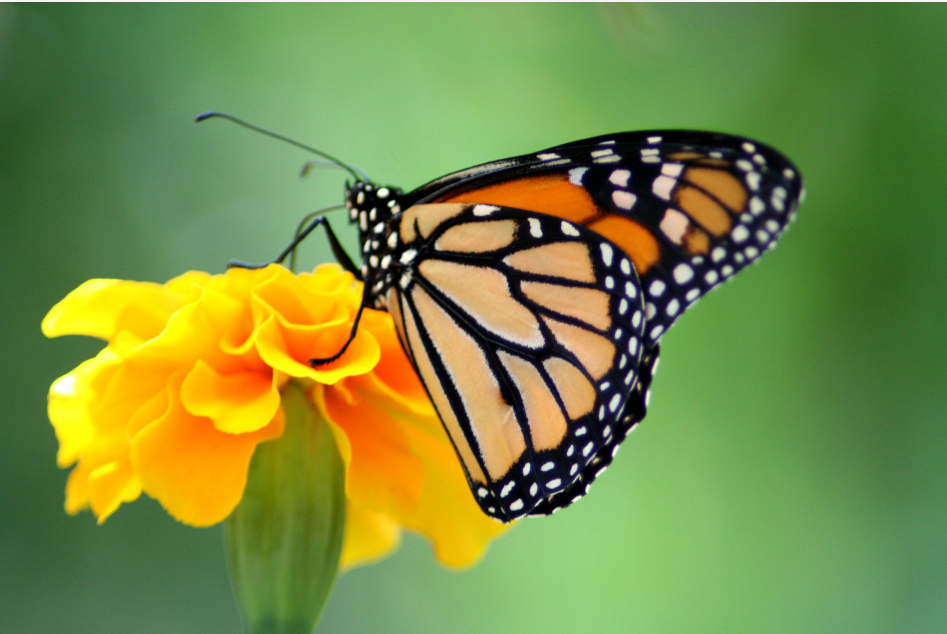Photography Provided
Nature is great at providing moments of wonder, and in The Parklands we are getting a front-row seat to the transformation and migration of the monarch butterfly. This important pollinator species is endangered, and we at The Parklands are doing our part to change that. We actively support this species’ ability to thrive with the enhancement and protection of our meadow habitat that is specifically designed to attract and feed monarch butterflies.
Monarch caterpillars and eggs can only be found on one type of plant – the milkweed plant. Milkweed is the only host plant for these caterpillars and the only place an adult monarch will lay her eggs. Monarch eggs are laid directly on milkweed leaves so the newly hatched caterpillars can begin chomping away immediately.
Monarchs go through four phases in their lifetime – eggs, caterpillar, pupa and butterfly. Butterflies in these phases can be seen in our gardens and meadows right now. When the caterpillars grow large enough, they usually crawl away from the host plant to a more covered area to make their chrysalis. The entire process from egg to adult takes about four weeks. When these butterflies emerge from their chrysalises, they are part of a great migration from Canada to Mexico spanning over four generations.
Unfortunately, the monarch population has declined by about 90% in the last two decades, and we want to do everything we can to help protect them so they can thrive once again. This population decline is largely due to drought, habitat loss and pesticides, so protecting these monarchs and planting more of their host plant is integral to their survival.
At The Parklands, we are protecting and learning about monarchs by maintaining healthy meadows, and also participating in the Monarch Watch citizen science program and tagging our monarchs.  The Monarch Watch Tagging Program began in 1992 to help better understand the dynamics of the monarchs’ spectacular fall migration through mark and recapture. Tagging helps answer questions about the origins of monarchs that reach Mexico, the timing and pace of the migration, mortality during the migration, and changes in geographic distribution. It also shows that the probability of reaching Mexico is related to geographic location and butterfly size.
The Monarch Watch Tagging Program began in 1992 to help better understand the dynamics of the monarchs’ spectacular fall migration through mark and recapture. Tagging helps answer questions about the origins of monarchs that reach Mexico, the timing and pace of the migration, mortality during the migration, and changes in geographic distribution. It also shows that the probability of reaching Mexico is related to geographic location and butterfly size.
To track monarchs, a tag is placed on each monarch butterfly caught during the migratory season. This small, sticker-like tag is lightweight and specifically designed to not interfere with the migration of the butterfly. Each tag has a unique code that can then be used to find out more information about each butterfly when they are retrieved in Mexico at their overwintering sites.
For more info on The Parklands, go to theparklands.org.






